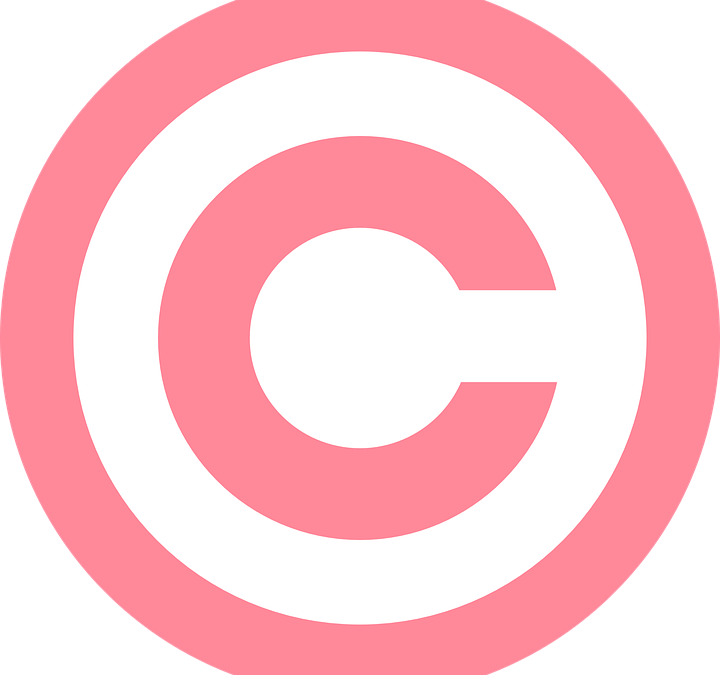Scenario: you’re an indie developer with limited means/resources trying to make a game that players love. To make things a little easier, you decide to use public domain content to make the game happen. Only, you quickly get flagged on YouTube when you finally post your game trailer! After all your hard work, something like this seems not only unsavory but downright terrifying to boot.
Did you steal anyone’s creative content without knowing? Wasn’t it public domain?
As it turns out, copyrights are tricky. Just because something is public domain, it doesn’t mean it can be altered. The logistics can get a little muddled, so muddled that researching the topic can take a few hours.
Luckily for you, we’ve done it all. Now, we’re not lawyers and we didn’t talk to any, so this shouldn’t be considered legal advice, but still, it’s worth mulling over!
There is No Type, But There is Flexibility
Look up copyrights and you’ll find all sorts of copyright laws and lingo being thrown at you. It’s easy to think there are several types of copyrights, but in actuality, it’s just a single, albeit flexible, law. The rules help the author in various kinds of situations and decision making.
For example, a GNU grants a worldwide and unlimited duration to use the work. Certain conditions need to be made, like not making copies. Meanwhile, Creative Commons (CC) is a non-profit that helps copyright your work without charging for the licenses. “All rights reserved” and “some rights reserved” are usually CC and provide the author with flexibility to either let people modify their work, use it as long as the original author is credited, etc..
Then there’s things like Public Domain, which means the works aren’t eligible for copyright or for which copyright protection isn’t available anymore (wasn’t renewed, or is very old). This means anyone can use the work and distribute it without asking for permission.
If you’re unsure of what type of license you need, or if you even need one, here’s a resource.
But What About Public Domain?
Contrary to popular belief, public domain isn’t without exceptions either. For instance, images can be modified and used freely for any application, even commercially or in printed format. Attribution is appreciated, but legally speaking, it’s not required. However, people in these stock images can’t appear in a bad light. Nothing offensive. And you cannot suggest endorsement of products or services. That means you can’t sell a product, then place an image of Microsoft next to it, as if suggesting Microsoft recommends the product.
When it comes to music, a work may be public domain in one country, while still being under copyright protection in another. And sometimes, in the case of classical music especially, copyrights are held by publishing companies. Meaning, even if a composition is public domain, a new arrangement or performance of it might be derivative and thus would be protected by copyright law.
Here’s a resource on derivative work and law.
And YouTube?
YouTube is notorious for having very strict copyright laws, so much so that streamers normally have to pay to license a piece of music. You simply cannot upload a video featuring something (image, music, etc.) that you didn’t create yourself or don’t have permission to use. And adding “no copyright infringement is intended” to the description doesn’t solve anything.
In the words of avid YouTuber Steve Higgins:
“Here’s how it works. If you are a record label, movie studio, or television network, you can upload your content to YouTube and register it for Content ID and specify rules on how you’d like to deal with infringements in advance. YouTube then scans every video that is uploaded and checks to see if any of it matches your content, if it does then an automated process takes places, your pre-specified rules come into effect.”
Using copyrighted material can lead to fines or your YouTube account being taken down. That means no more video game trailer, nor YouTube marketing.
But what if you’re using public domain content, like gamedev Russell Davis? Well, remember: a song may be public domain here but not in another country. Always check, depending on where you are, and keep in mind the video is being uploaded onto a global website. It can get sticky. If you’re unsure, just research the song, and ask for permission where needed.
Takeaways
If you’re still awake, remember: copyrights are annoying but governed by common sense. If there’s someone in an image, it can’t be used in a negative light. Don’t use an image to suggest recommendations for a product. And make sure that music you use is acceptable to use. Ask for permission if it’s not old enough, otherwise don’t use it. If it’s public domain, check to make sure it’s also public domain in whatever other country you’re sharing your game trailer to.
If it all still seems to complicated, you can always create your own music. Because after all, come on, you’re a gamedev. You can do it!
Disclaimer: This article was not written by, nor in conjunction with, legal professionals. None of this content should be considered legal advice, and this blog post does not constitute any attorney-client or consulting relationship. You should consult with an attorney to discuss your specific situation.

